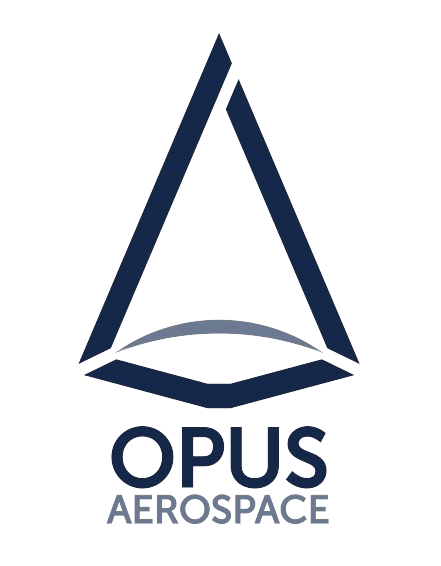In the evolving field of space exploration, the materials used for critical components like heat shields are crucial for mission success. Traditional heat shields, typically made from dense, heavy, and expensive materials, pose integration challenges and increase mission complexity and costs. These materials must provide effective thermal protection, often leading to increased mass and volume, longer development times, and higher expenses.

The R&D Challenge for Opus Aerospace
Reusability is key to reducing costs and improving sustainability in space missions. The challenge of reusing upper stages of rockets represents a significant focus for many organizations, as traditional upper stages are usually designed to stay in space or burn up upon re-entry. This approach is neither cost-effective nor environmentally friendly
Opus Aerospace, the French startup recognized for its expertise in R&D challenges, is on a mission to develop technologies enabling the safe return and reuse of rocket upper stages for future European launchers. The Mesange rocket, developed under an R&D contract with CNES, serves as a technical demonstrator for testing various technologies, including 3D printed heat shields.
Heat Shield material testing
After extensive ground testing and refinement, Opus Aerospace selected alumina for the Mesange rocket’s heat shield. The initial testing phase involved printing hexagonal pieces in both alumina and black zirconia and subjecting them to high-velocity torch tests. Alumina outperformed black zirconia, leading to its selection for the Mesange rocket.
The alumina heat shield components were then 3D printed into small cones, polished for a smoother surface, and positioned on the rocket’s nosecone. During the Mesange flight, these components will be tested to withstand the extreme heat and thermal shock induced by the rocket’s speed and air friction.
Picture: : Zetamix Alumina and black Zirconia hexagonal parts under high velocity torch testing

Advantages of 3D Printing Zetamix Alumina
Thermal Resistance: Alumina is known for its excellent thermal properties, making it ideal for heat shields. This ensures the upper stage’s protection during re-entry, reducing space debris and waste.
Lightweight and Cost-Effective: 3D printing technology allows the production of heat shields that are significantly lighter than traditional ones, reducing the rocket’s overall weight and leading to cost savings in fuel and launch logistics.
Complex and Customizable Design: The flexibility of 3D printing enables the creation of complex geometries that would be difficult or impossible to achieve with traditional manufacturing techniques. This allows for more efficient designs tailored to specific mission requirements.
Picture: : Opus Aerospace Mesange rocket with the heat shield on top
By leveraging the unique properties of 3D printed alumina, Opus Aerospace is contributing to the development of a reusable launcher that is cost-effective, lightweight, environmentally friendly, and highly effective in meeting the stringent requirements of space missions.
Picture : Zetamix Alumina heat shield components